-9 F. morning low on Wednesday.
2 F. high yesterday afternoon at KMSP.
30 F. average high on February 18.
44 F. high on February 18, 2014.
1" snow on the ground in the Twin Cities.
February 18, 1928: A dust storm moved across Minnesota, causing lights to be turned on in the day time in the Twin Cities.
Looney Tunes
There's
no shame in flying, driving or walking south for a mid-winter break. A
good friend, Bill Popp, reminded me that even Minnesota's state bird,
the loon, flies south for the winter, relocating along the Gulf coast.
Except
that may not be far enough south. Mardi Gras revelers in New Orleans
have been decked out in heavy coats; wind chill advisories posted for
much of Florida. You may have to fly to Phoenix, San Diego or Mexico to
work up a serious sweat because an almost January-like chill will linger
east of the Rockies into late February. No, spring is NOT right around
the corner.
This morning starts out colder than yesterday but
winds are easing under the center of a high pressure bubble. The wind
chill won't be nearly as gasp-worthy. And the sun will be out, removing
some of the psychological sting.
An inch of snow on Friday gives
way to another thumb-numbing slap over the weekend; daytime highs barely
creep above zero Sunday, again Wednesday of next week - with a wind
chill that may tempt you to put your travel agent on speed-dial.
A
higher sun angle and longer daylight finally gives the mercury a good
kick the first week of March. 30s may feel like a revelation!
* Loon photo above courtesy of
The Upper Midwest Environmental Sciences Center at USGS.
Pulses of Pain.
A few more smacks of Siberian air are shaping up into the end of next
week; the end of February; the brunt of subzero temperatures from the
Dakotas and Upper Midwest into the Great Lakes and New England. 2-meter
temperature animation: NOAA and Ham Weather.
Cold and Dry.
European guidance shows another surge of subzero air Sunday into early
Monday, again the middle of next week. Highs Friday may surge into the
20s before temperatures beat a hasty retreat late Saturday into Sunday.
Not exactly polar, school--closing cold, but chilly enough to spark more
griping and general irritability. This is what we get for a relatively
mild December and January. Graphic: WeatherSpark.
March Thaw.
At some point the wicked winds of winter will ease, in response to a
higher sun angle and an eventual wind shift to the west or southwest
within 2 weeks. At least one NOAA model shows 30s pushing into Minnesota
by March 1, with 40s over southwestern counties. Source: Ham Weather.
Looking Forward To March.
What snow lovers are hoping for is a persistent trough of low pressure
out west, one that turns our winds aloft to the southwest, pumping
tropical moisture northward. That will probably happen by mid-March, but
will there be enough cold air in place by then for mostly snow? No way
to know, but 500 mb winds on Wednesday evening, March 4 are forecast to
be howling from Las Vegas, not Saskatoon, based on GFS guidance. Source:
GrADS:COLA/IGES.
Stay Safe On Slippery Sidewalks: Walk Like a Penguin.
NBC Philadelphia has some good advice; here's the intro to the story: "...
The trick to balancing on slick sidewalks is to “walk like a penguin." At least, that’s the advice coming out of Little Baby’s Ice Cream
in Northern Liberties. Instinct tells us to do the opposite and center
our weight mid-stride, which works on dry walkways. However this tactic
forces legs to split your body weight in half and rely on both feet to
maintain balance -- not the best idea for icy streets..."
Boston Mayor To Residents: Stop Jumping Out of Windows Into Snow. Here's a new hobby for a handful of (crazy) Boston residents, in response to the recent spate of record snows.
Mashable has details: "...
Boston Mayor Martin J. Walsh has a message
for all the fools jumping out of windows into snow piles: Stop it. "I’m
asking people to stop their nonsense right now," Walsh said at a press
conference Tuesday, addressing the legions of people who have jumped out
of windows — often dressed only in their underwear — and posted their
conquests on social media using the hashtag #BostonBlizzardChallenge
over the past three weeks..." (Image credit:
@bro_got on Instagram).
Hottest 12 Months On Record Globally Thanks To Warm January, Reports NASA. ThinkProgress has the story; here's the introduction: "
In January, the planet continued the warming trend that made 2014 the hottest calendar year on record. NASA reports that last month was the second-hottest January on record (after 2007), while the Japan Meteorological Agency ranked it
the hottest. Significantly, there has never been as hot a 12-month
period in NASA’s database as the previous 12 months (February
2014–January 2015). This is using a 12-month moving average, so we can “see the march of temperature change over time,” rather than just once every calendar year..."
Oklahoma Weather Drone Use Holds Promise For Earlier Tornado Warnings. Could the responsible use of drones increase tornado warning lead time? Here's a clip from an interesting article and video at
newson6.com in Tulsa, Oklahoma: "...
What
if a drone - or unmanned aerial vehicle as the forecasters prefer to
call them - what if a UAV could mean much earlier warnings or warnings
where there are now none? OU meteorology professor Phillip Chilson and
researchers at the National Weather Center are using hobbyist-style
remote airplanes. The airplanes are about 2-pounds and 2-feet long with
speeds in excess of 100 mph and decked out with hi-tech sensors..."
Photo credit above: "What if a UAV could mean much earlier warnings or warnings where there are now none?"
Why Tesla's Battery For Your Home Should Terrify Utilities. Free power from the sun, powering your home? The concept may not be as outrageous as it sounds, according to a story at
The Verge; here's a snippet: "...
The
prospect of cheap solar panels combined with powerful batteries has
been a source of significant anxiety in the utility sector. In 2013, the
Edison Electric Institute, the trade group for investor-owned electric
companies, issued a report
warning that disruption was coming. "One can imagine a day when battery
storage technology or micro turbines could allow customers to be
electric grid independent," the report said, likening the speed of the
coming transition to the one from landlines to cellphones 10 years ago.
Suddenly regulated monopolies are finding themselves in competition with
their own customers..."
Get Ready for $10 Oil.
Bloomberg View has the Op-Ed, here's an excerpt: "
At
about $50 a barrel, crude oil prices are down by more than half from
their June 2014 peak of $107. They may fall more, perhaps even as low as
$10 to $20. Here’s why. U.S. economic growth has averaged 2.3 percent a
year since the recovery started in mid-2009. That's about half the rate
you might expect in a rebound from the deepest recession since the
1930s..."
Last Week Tonight With John Oliver: Tobacco. Mr. Oliver is doing enterprise reporting that would make network news divisions jealous. In case you missed it here's a
YouTube link to a recent story about tobacco that made me do a double-take: "
Thanks
to tobacco industry regulations and marketing restrictions in the US,
smoking rates have dropped dramatically. John Oliver explains how
tobacco companies are keeping their business strong overseas."
Our Fear of Artificial Intelligence. Are our fears overblown? Here's an excerpt from a long but excellent read at
MIT Technology Review: "...
No
one is suggesting that anything like superintelligence exists now. In
fact, we still have nothing approaching a general-purpose artificial
intelligence or even a clear path to how it could be achieved. Recent
advances in AI, from automated assistants such as Apple’s Siri to
Google’s driverless cars, also reveal the technology’s severe
limitations; both can be thrown off by situations that they haven’t
encountered before. Artificial neural networks can learn for themselves
to recognize cats in photos. But they must be shown hundreds of thousands of examples and still end up much less accurate at spotting cats than a child..."
Sizzle For A Cause.
I hope you can stop by Bayview Event Center in Excelsior, sample some
amazing food and support the ICA Food Shelf, which serves 800 homes
every month. Tickets and details are
here.
TODAY: Cold start. Bright sun, less wind. Winds: SW 5. High: 10
THURSDAY NIGHT: Clouds increase with light snow late, not as cold. Low: 7 (rising late)
FRIDAY: Next clipper. Coating to 1" snow possible. Slick spots. High: 27
SATURDAY: Mostly cloudy, turning colder. Wake-up: 19. High: 23 (falling by afternoon)
SUNDAY: A fresh Siberian breeze. Wind chill: -20. Wake-up: 3. High: 8
MONDAY: Numbing start, clouds increase. Wake-up: -7. High: 17
TUESDAY: Lot's of clouds, feels like -25. Wake-up: 10. High: 13 (falling during the day).
WEDNESDAY: Bright sun. Hurry up March. Wake-up: -9. High: 5
Climate Stories....
NASA Study Predicts Devastating Droughts During The Last Half of the Century. Gizmag has a good summary of recent news coming out of NASA; here's the intro: "
A
new NASA study is predicting the occurrence of severe "megadroughts"
across the United States in the second half of this century, that are
set to be more extreme and prolonged than any droughts that have taken
place in the region for the past 1,000 years. According to the study,
one of the key driving forces behind the devastating droughts will be
the prolific creation of human-produced greenhouse gasses. The study
made use of several climate models including one spearheaded by NASA,
and is the first of its kind to use historical data stretching back as
far as 1,000 years..."
Image credit above: "
30-cm (11.8-in)-deep moisture projection based on NASA's high carbon emission scenario in the year 2095." (Image: NASA's Goddard Space Flight Center).
BP's Two-Word Fix For Global Climate Change.
A tip of the hat to BP for acknowledging the elephant in the living
room, and proposing the same market-based solution many others are
advocating. Here's an excerpt of a good summary at
Christian Science Monitor: "...
In
its report, BP lays out a variety of ways policymakers and businesses
could prevent that from happening, including boosting renewable energy
production, limiting carbon-heavy coal use, and making energy systems
more efficient. It concludes that no one approach will be enough to meet
emissions reductions goals, but offers a simple idea that would help
guide efforts: carbon pricing..."
* BP's official statement is
here.
The Telegraph has more on BP's prediction that CO2 emissions will exceed levels which pose a threat unless coordinated action is taken.
The Risks of Climate Engineering. Here's a clip from a
New York Times article: "...
Beneath
the identifiable risks is not only a gut reaction to the hubris of it
all — the idea that humans could set out to regulate the Earth system,
perhaps in perpetuity — but also to what it says about where we are
today. As the committee’s chairwoman, Marcia McNutt, told The Associated
Press: The public should read this report “and say, ‘This is downright
scary.’ And they should say, ‘If this is our Hail Mary, what a scary,
scary place we are in...."
New Study Calls For Urgent Action To Prepare New York City.
The Big Apple may be hit disproportionately harder than many large
coastal cities as sea levels continue to rise, due to a variety of
factors. Here's an excerpt from
Gothamist: "...
The
news gets worse. The sea level will increase between 11 inches and 21
inches by the 2050s; by the 2080s, it'll be up to between 18 and 29
inches, and by 2100, we can expect an increase of between 22 and 50
inches. And if the science gods are against us—and aren't they
always?—that sea level could see a rise as high as six feet by 2100.
Bye, Red Hook! In fact, by 2100, sea level will have risen so much it'll
have doubled the area for 2013's designated coastal flooding zones for
both the 100-year flood and the 500-year flood, leaving a lot of
previously untouched inland vulnerable..." (Graphic source
here, Wiley Online Library has a link to the full report
here).
 The Weird Way That Climate Change Could Lead To New Disease Outbreaks Around The World
The Weird Way That Climate Change Could Lead To New Disease Outbreaks Around The World.
The Washington Post takes a look at how a rapidly morphing climate is impacting disease vectors; here's an excerpt: "
Climate change could be behind more than just rising ocean levels, melting polar ice caps, and extreme weather events – it could also be creating the ecological basis for infectious diseases to spread to new places and new hosts. Writing in the Philosophical Transactions of the Royal Society B,
two prominent zoologists, Daniel Brooks of the University of
Nebraska-Lincoln and Eric Hoberg of the U.S. National Parasite
Collection of the USDA’s Agricultural Research Service, warn that outbreaks of infectious diseases such as West Nile virus and Ebola are just the start – global warming could enable similar types of diseases to emerge and thrive in places you might not expect..."
More Infectious Diseases Emerging Because of Climate Change. Following up on the story above, here's an excerpt from a story at
phys.org: "...
Each
has observed the arrival of species that hadn't previously lived in
that area and the departure of others, Brooks said. "Over the last 30
years the places we've been working have been heavily impacted by
climate change," Brooks said in an interview last week. "Even though I
was in the tropics and he was in the Arctic, we could see something was
happening..."
Birds Tell An Urgent Climate Change Message.
Huffington Post takes a look at how bird migrations are reflecting temperature trends; here's the intro: "
The
canary in the coal mine." That phrase has become part of the lexicon as
a warning for danger. Now birds are cautioning humans about the
imminent threat of climate change -- and the news is not good. This from
a report based on seven years of research by the National Audubon Society. I checked out their website, which featured material on environmental events -- both national and international. I learned that the Baltimore Oriole may no longer be in Maryland by the end of the century and that coastal species, like the sandpiper, were imperiled by rising sea levels..."
Photo credit: Loi Nguyen/Audubon Photography Awards.
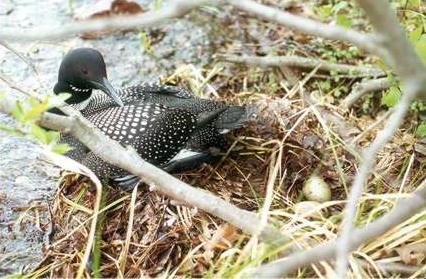


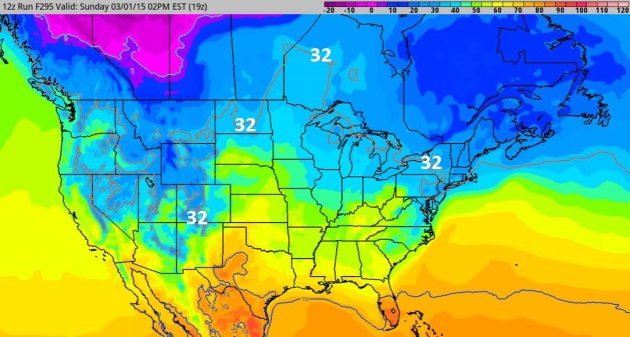
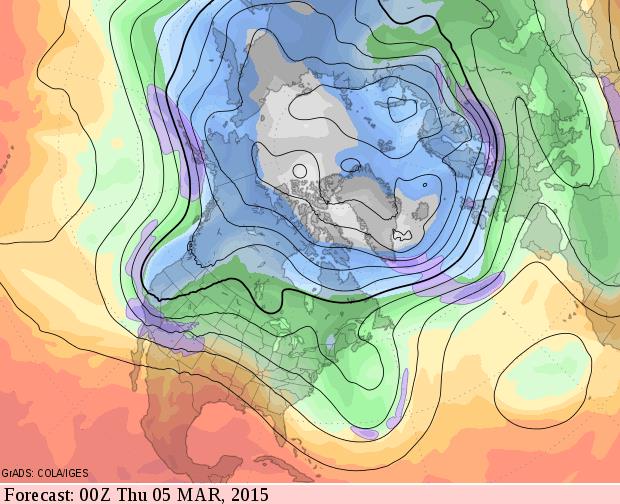
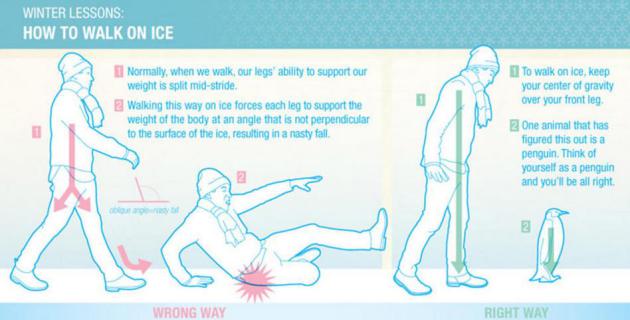
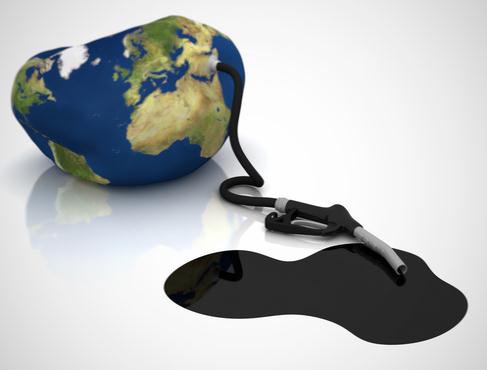
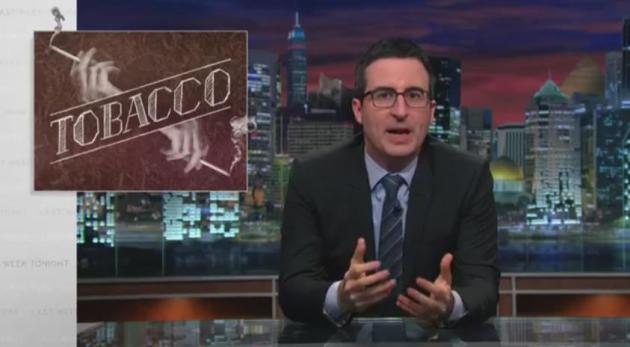

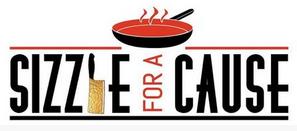



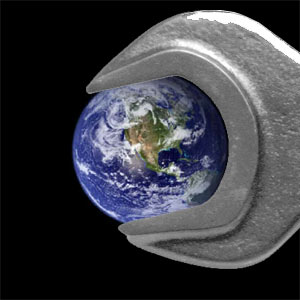


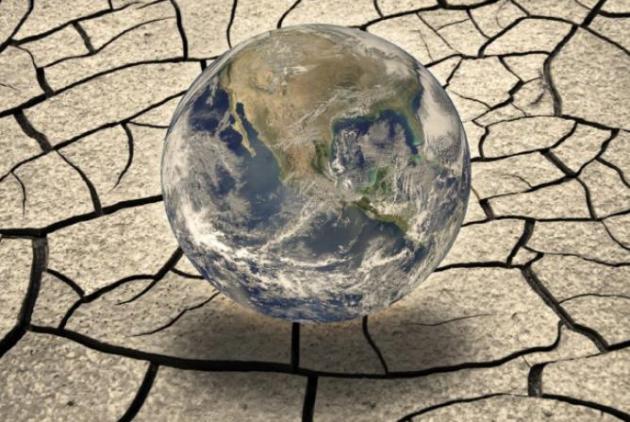

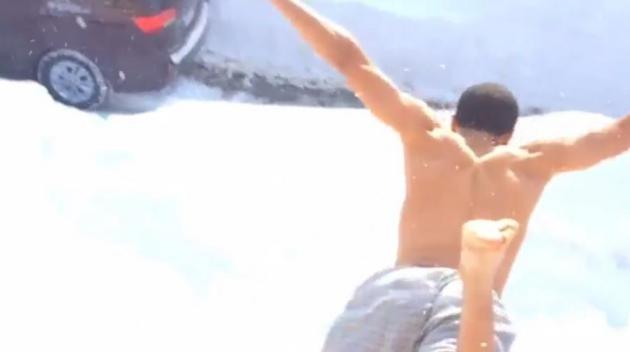
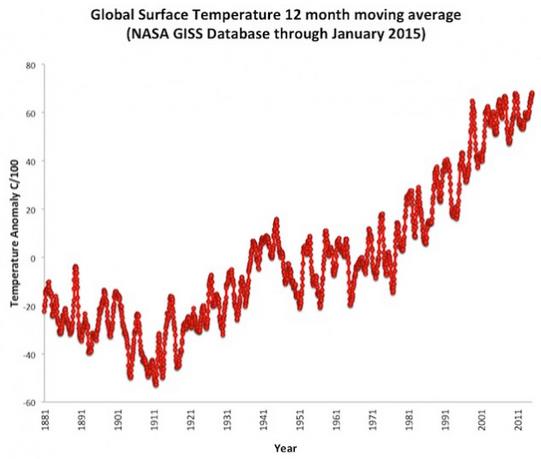
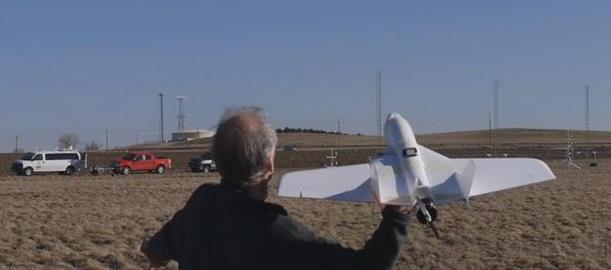

No comments:
Post a Comment